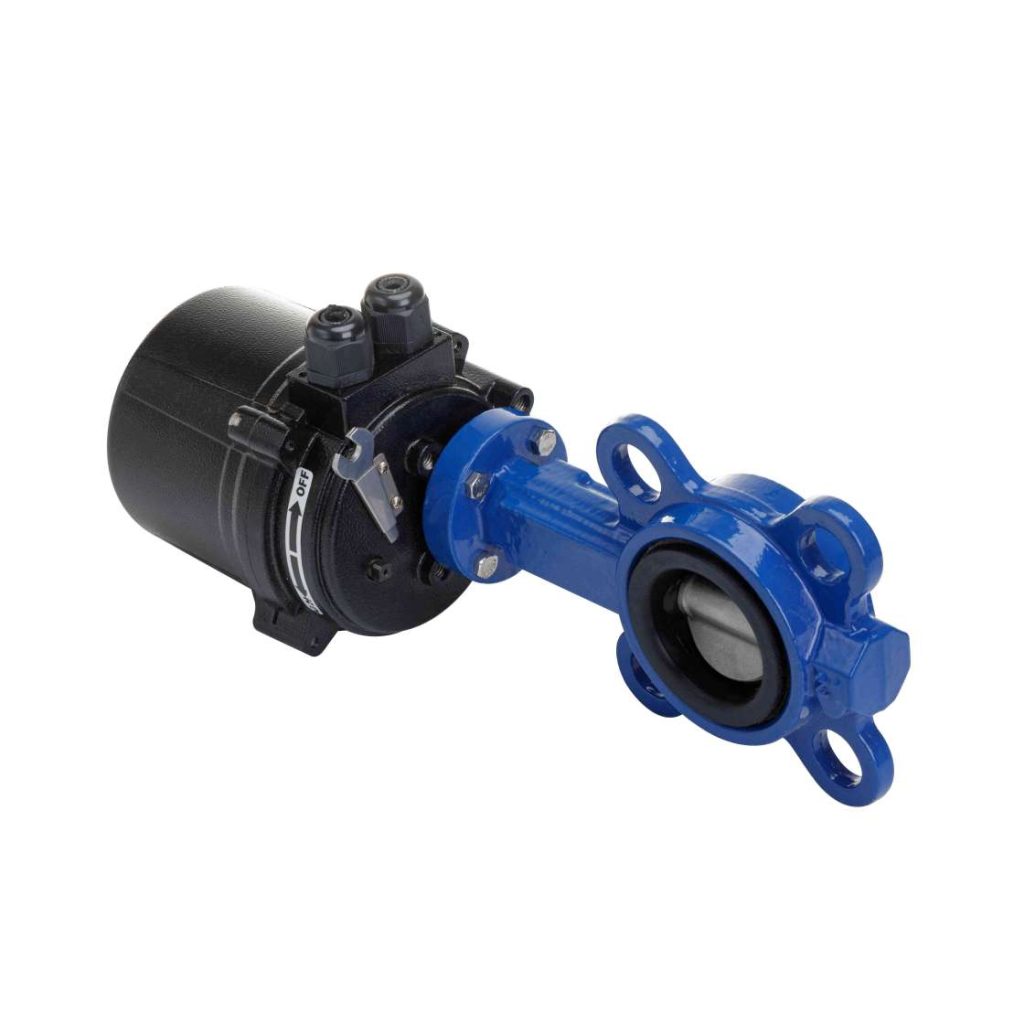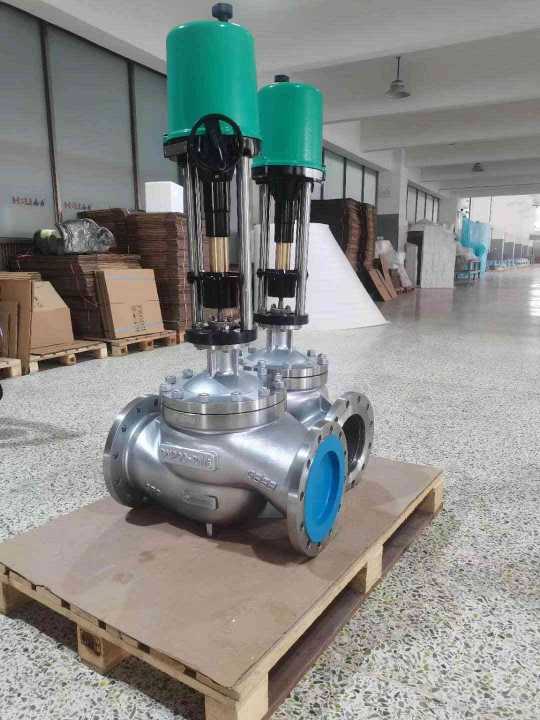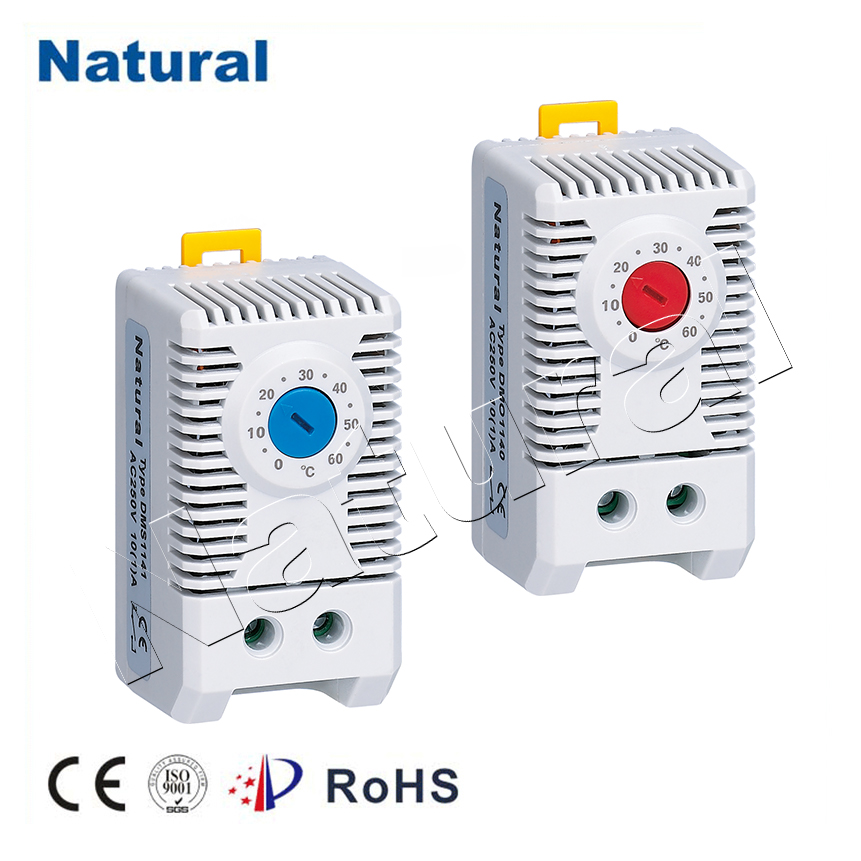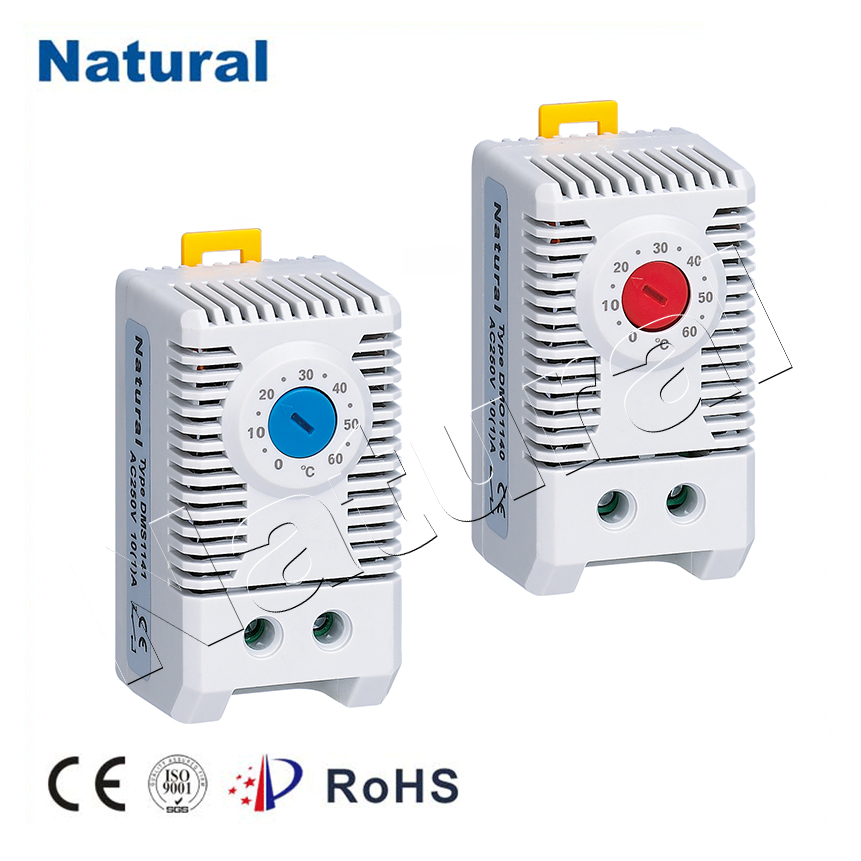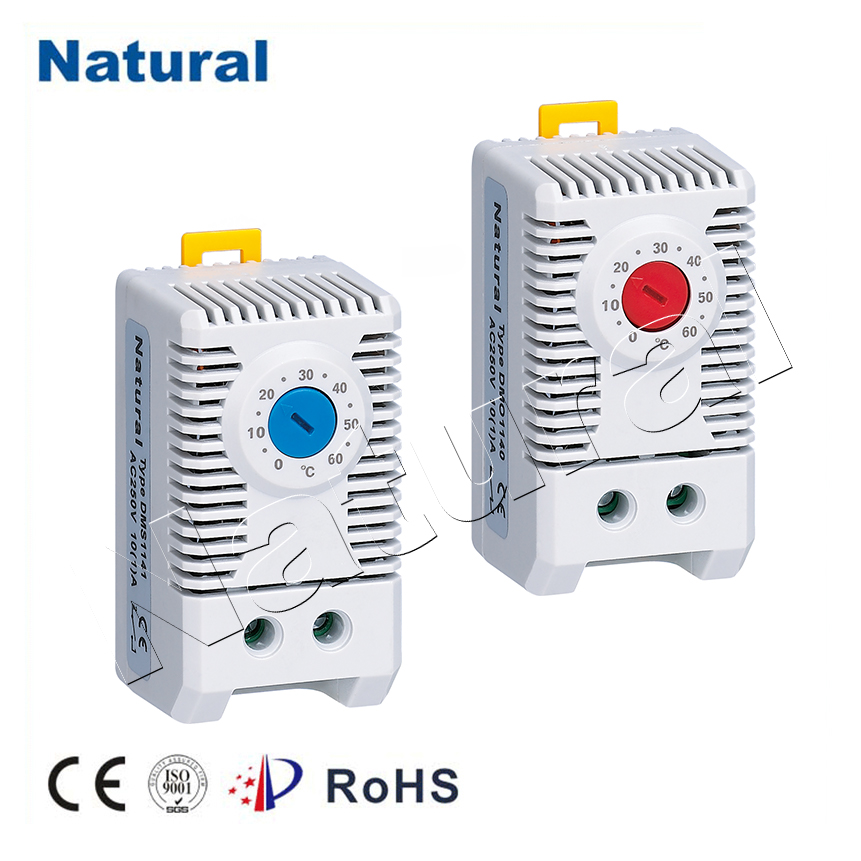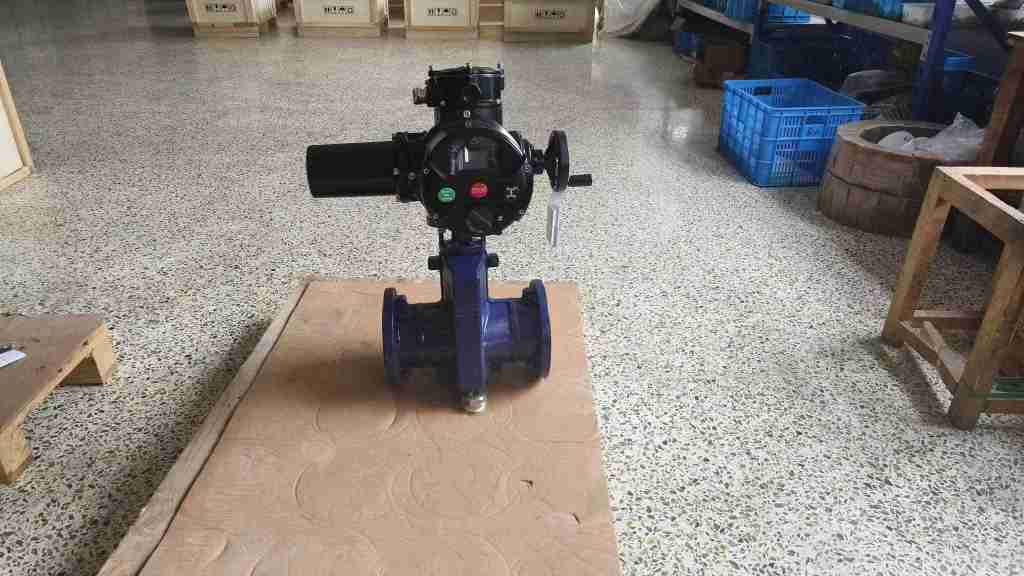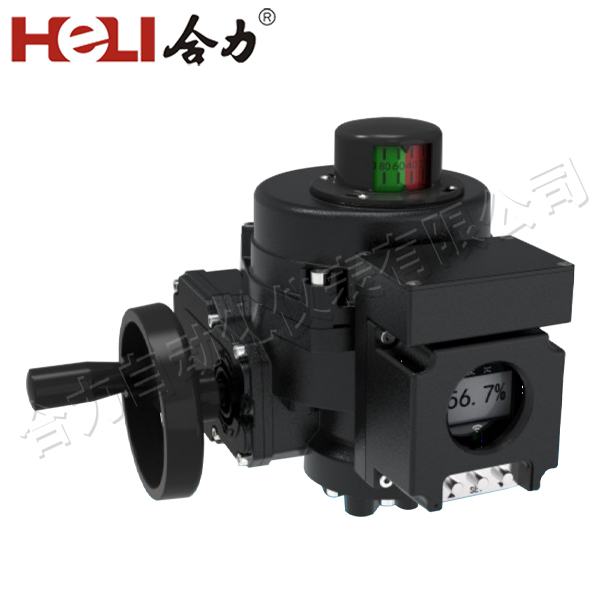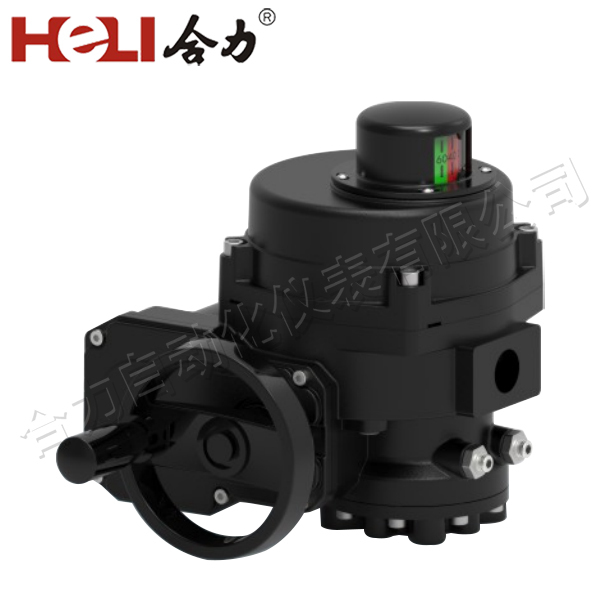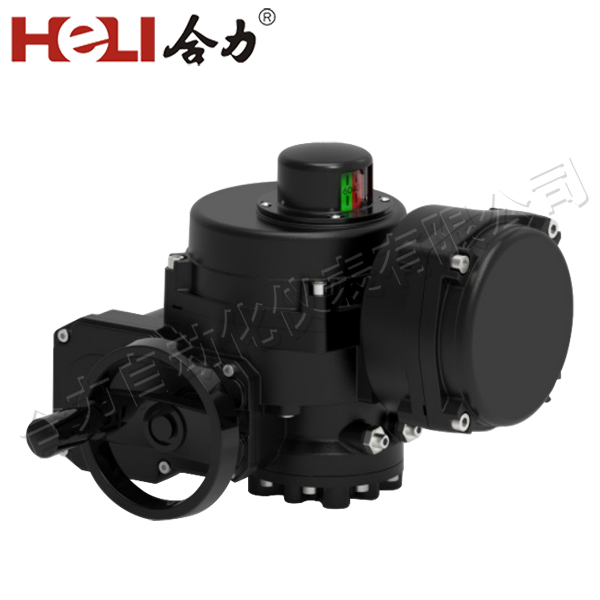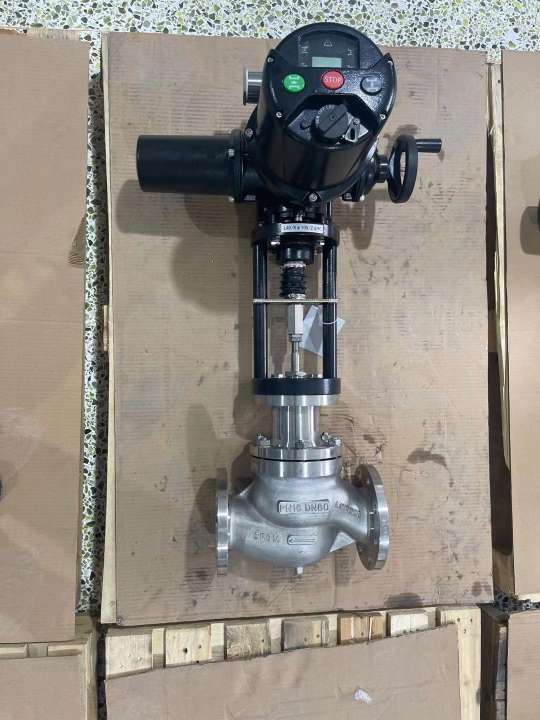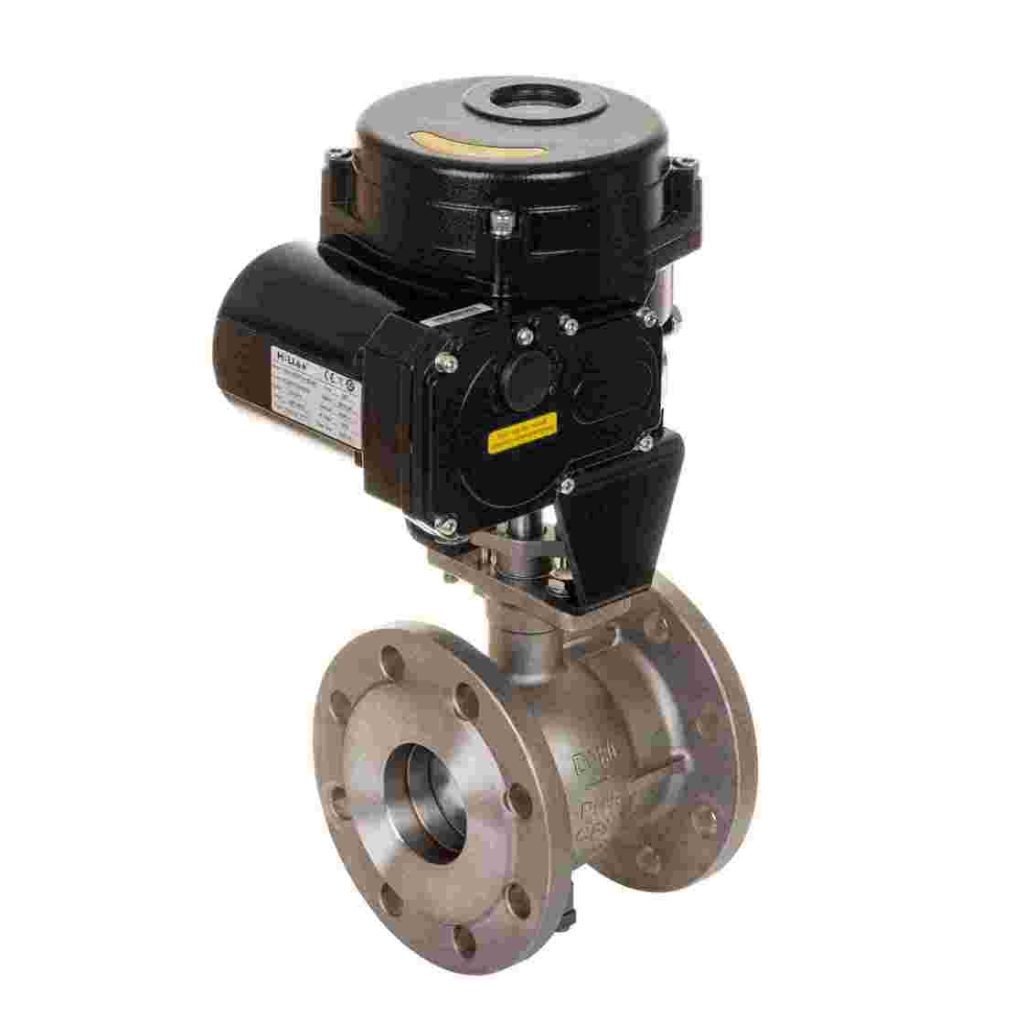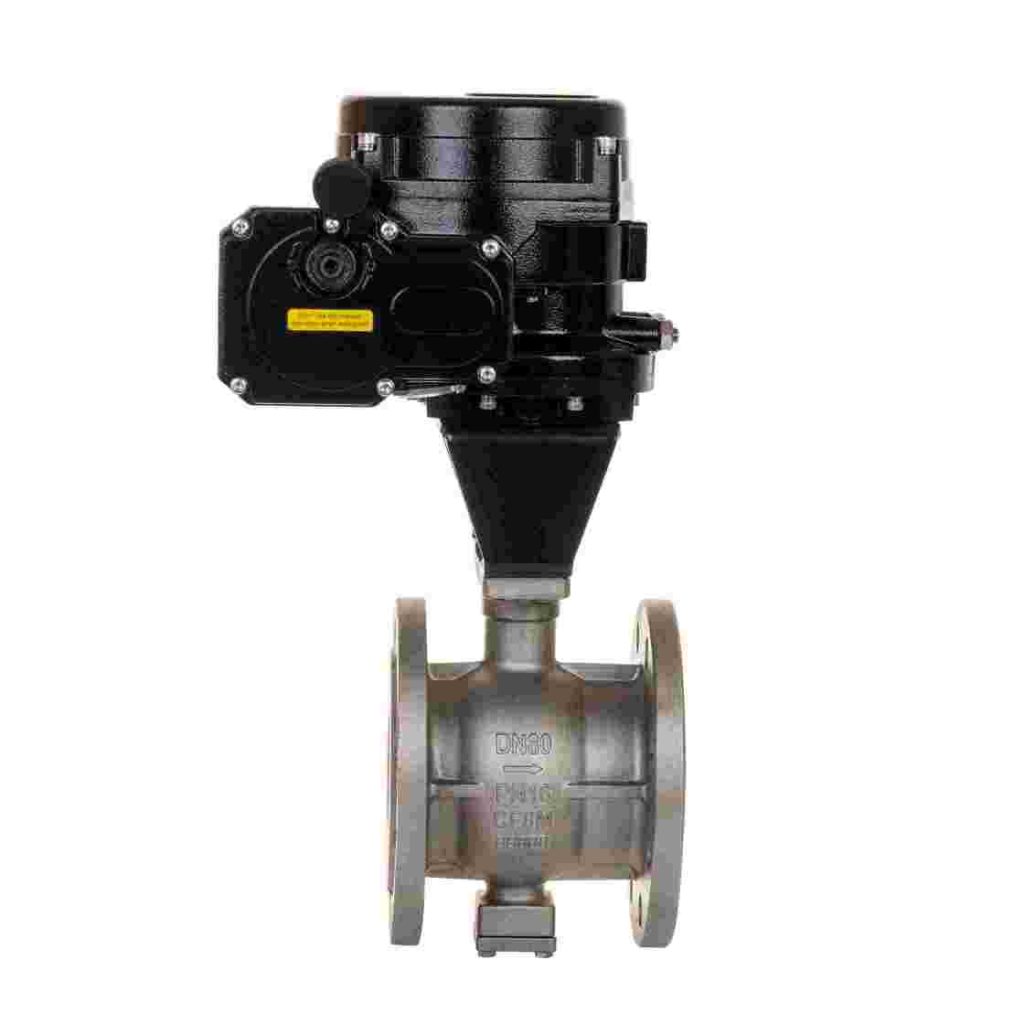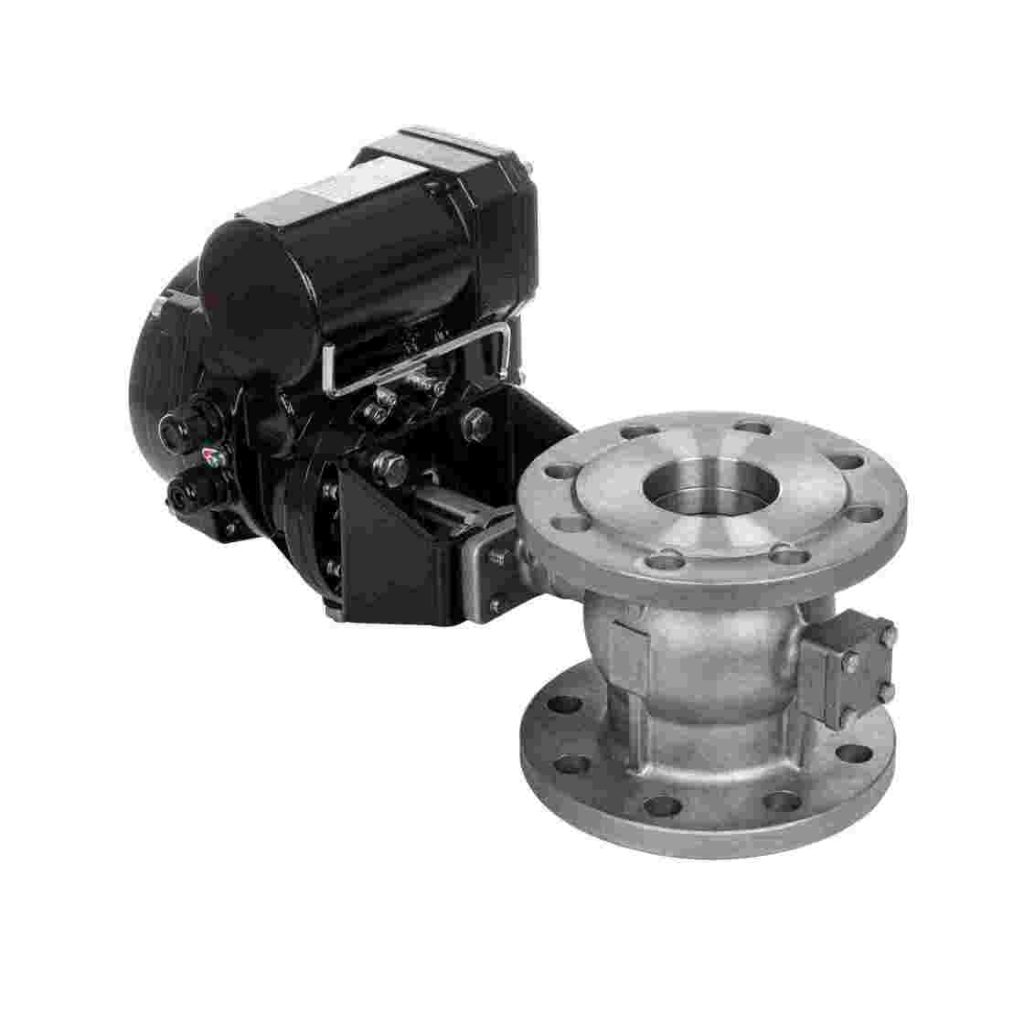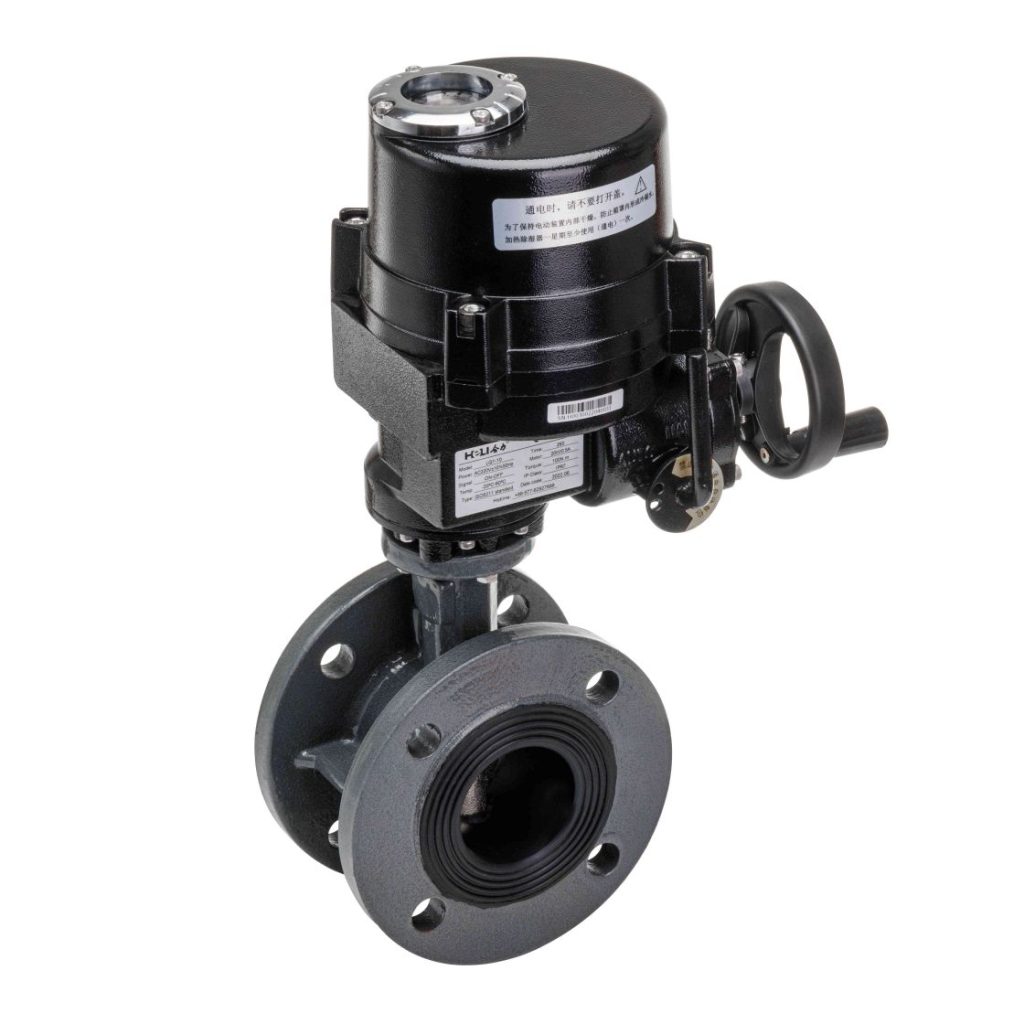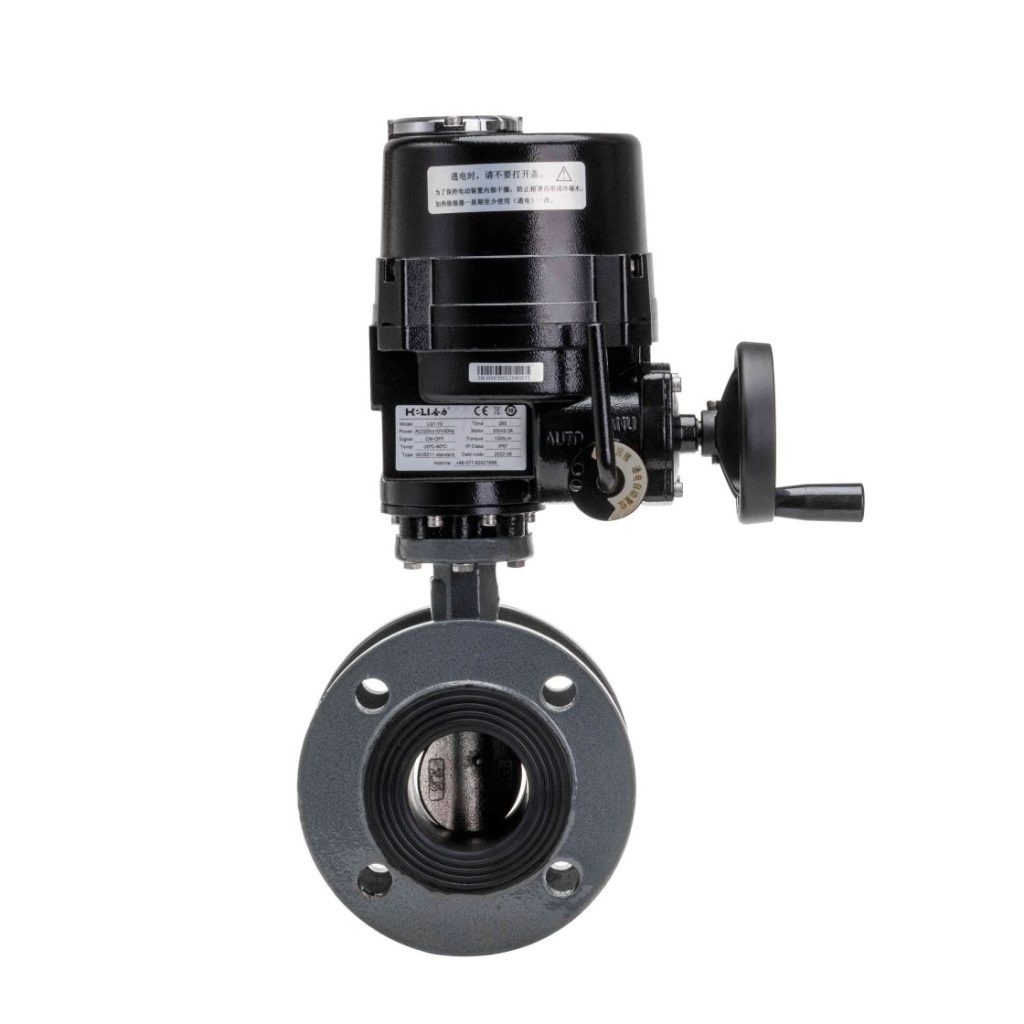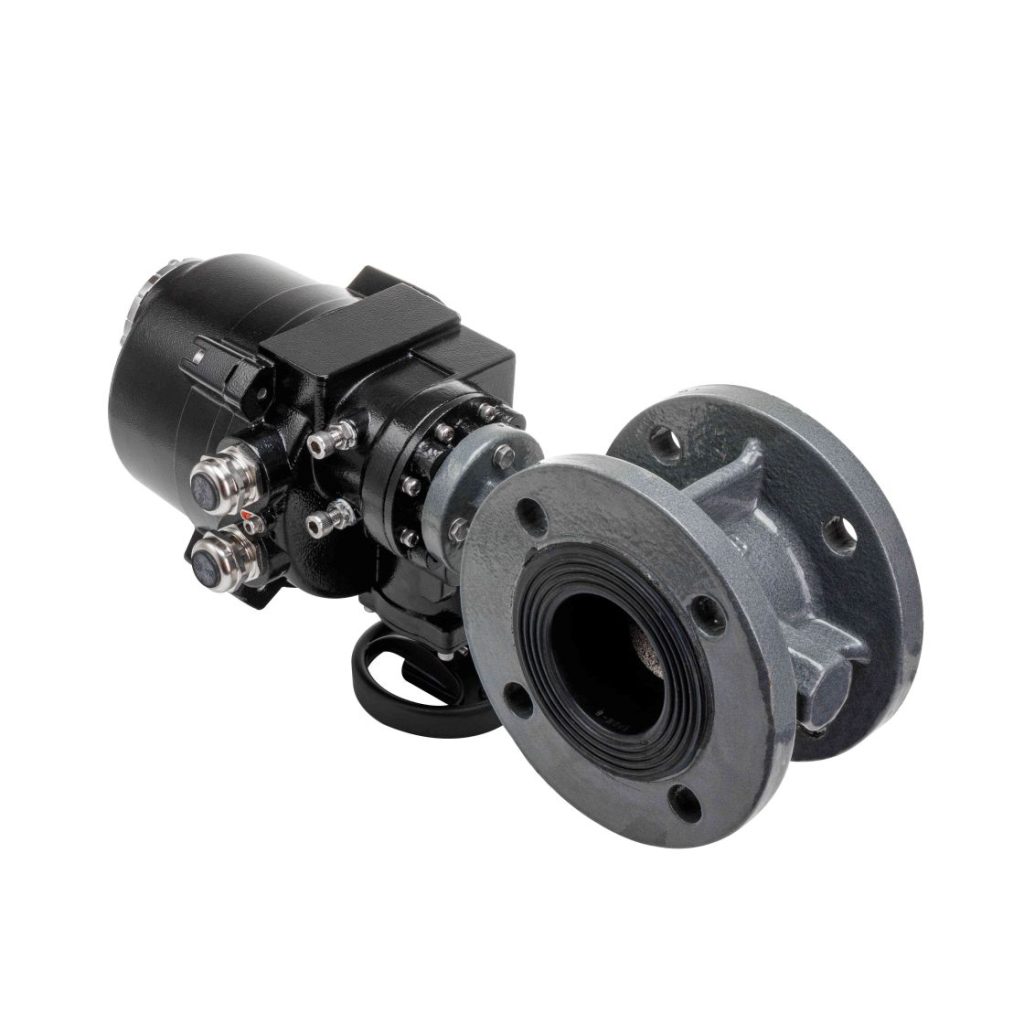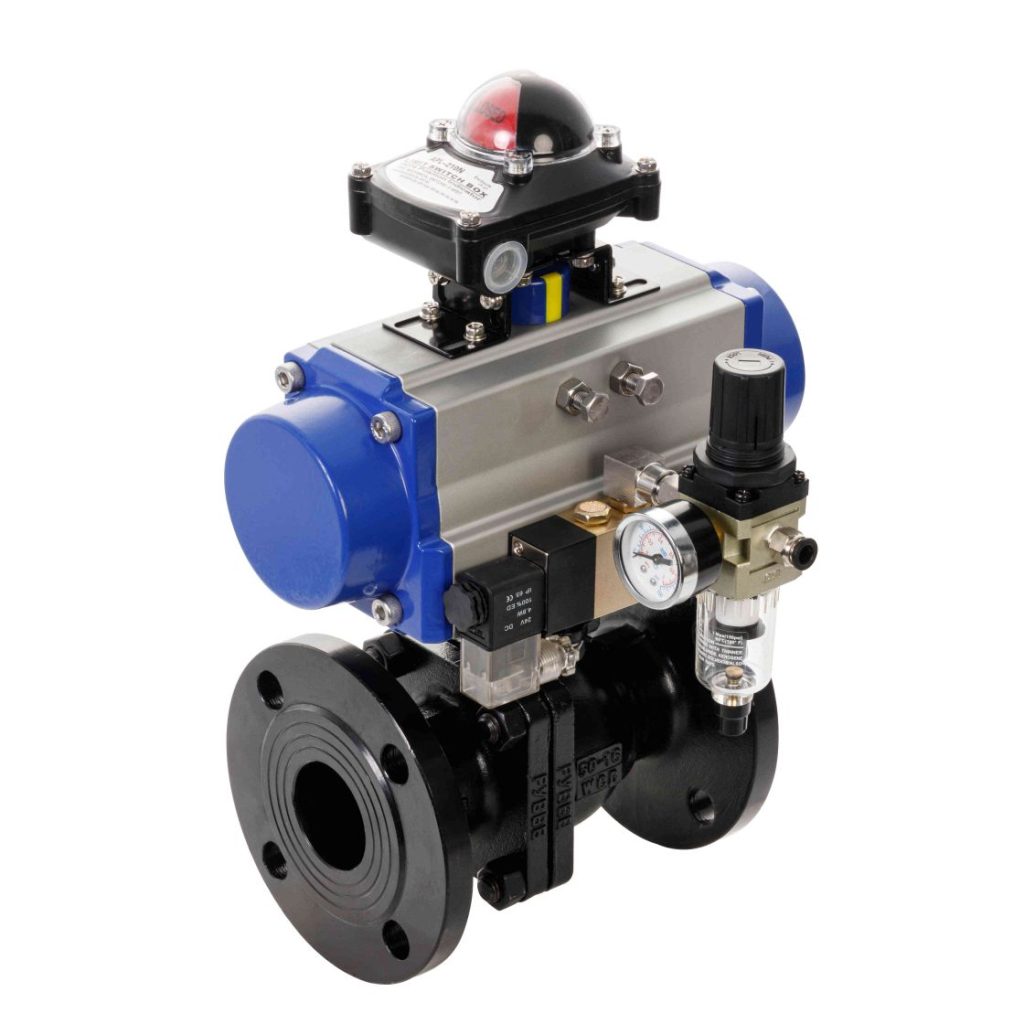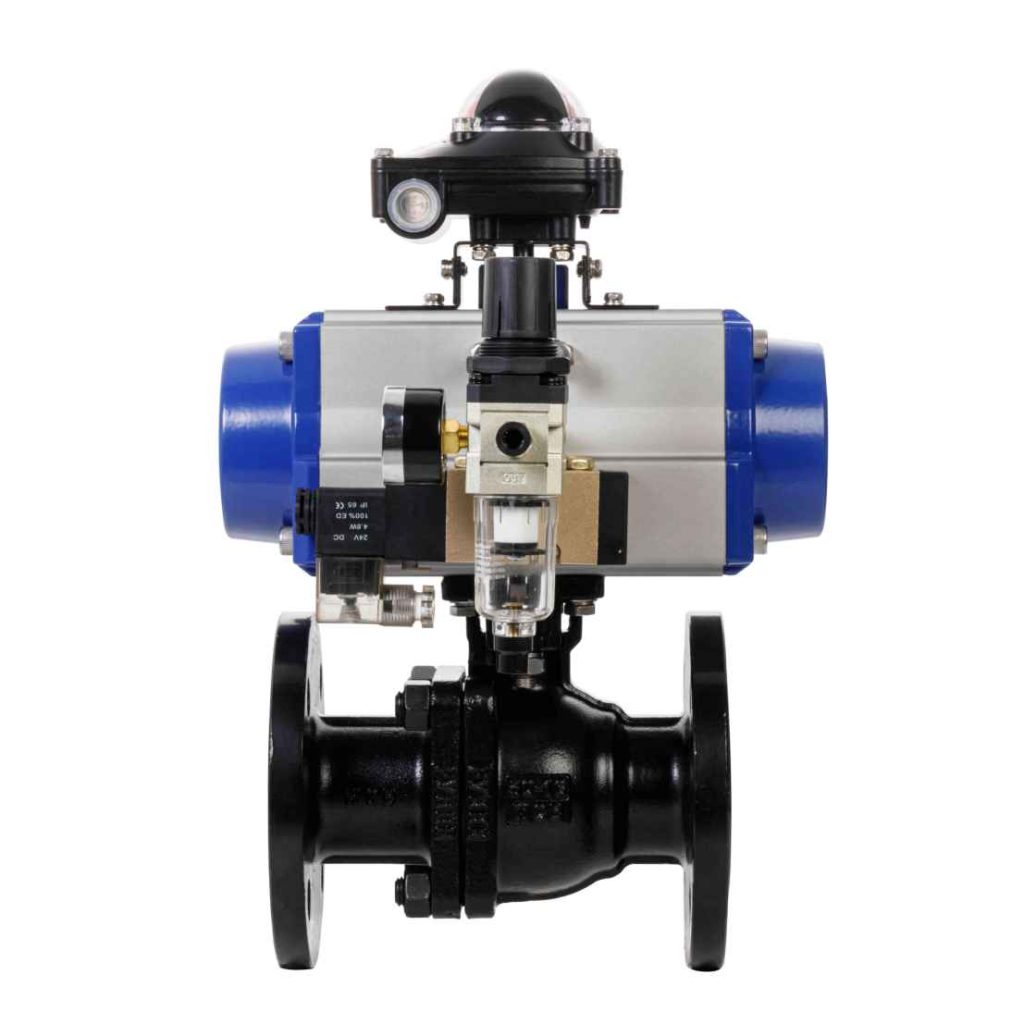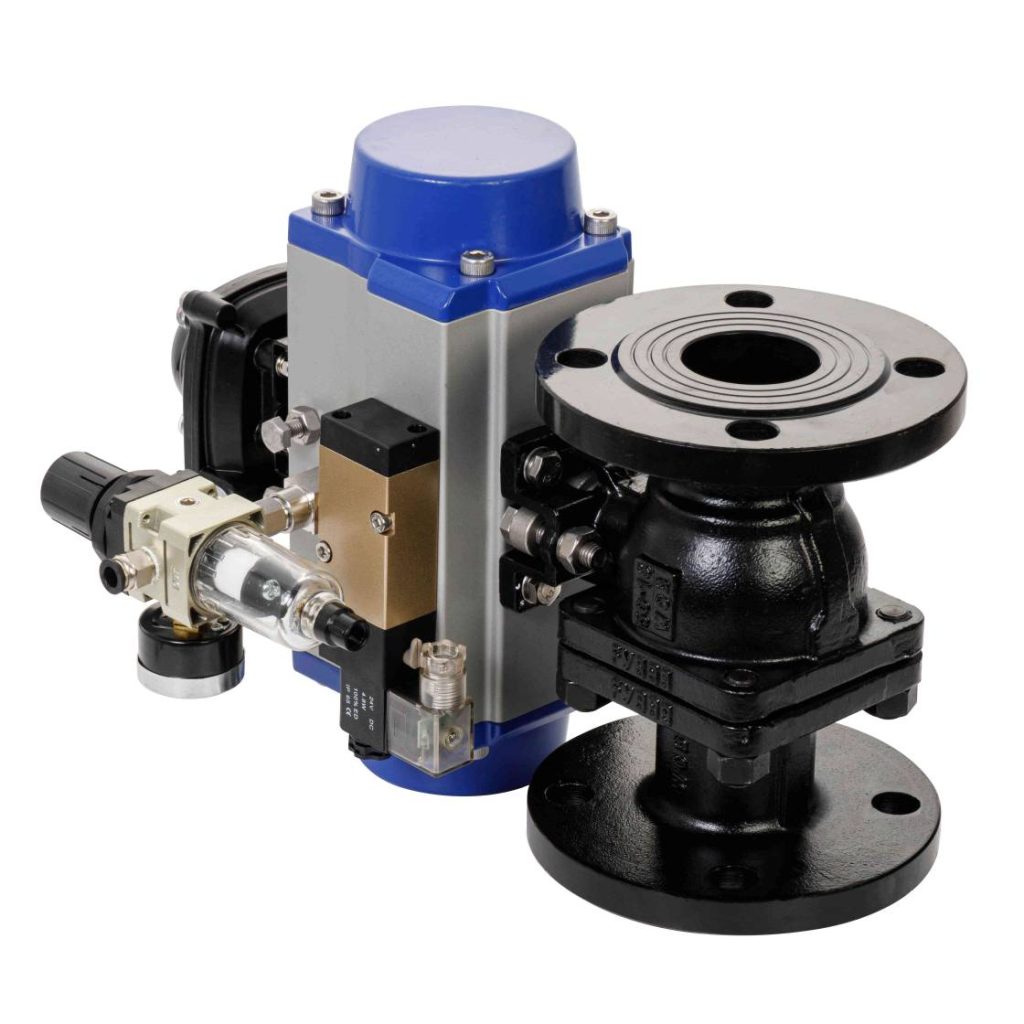The Electric Butterfly Valve is one of the most versatile and efficient valves used in fluid control systems. It combines the simplicity of a butterfly valve with the power and convenience of electric actuation, making it a preferred choice in various industries, from water treatment plants to oil and gas facilities. In this article, we will explore the functionality, benefits, and applications of electric butterfly valves, shedding light on why they have become an essential component in modern fluid control systems.
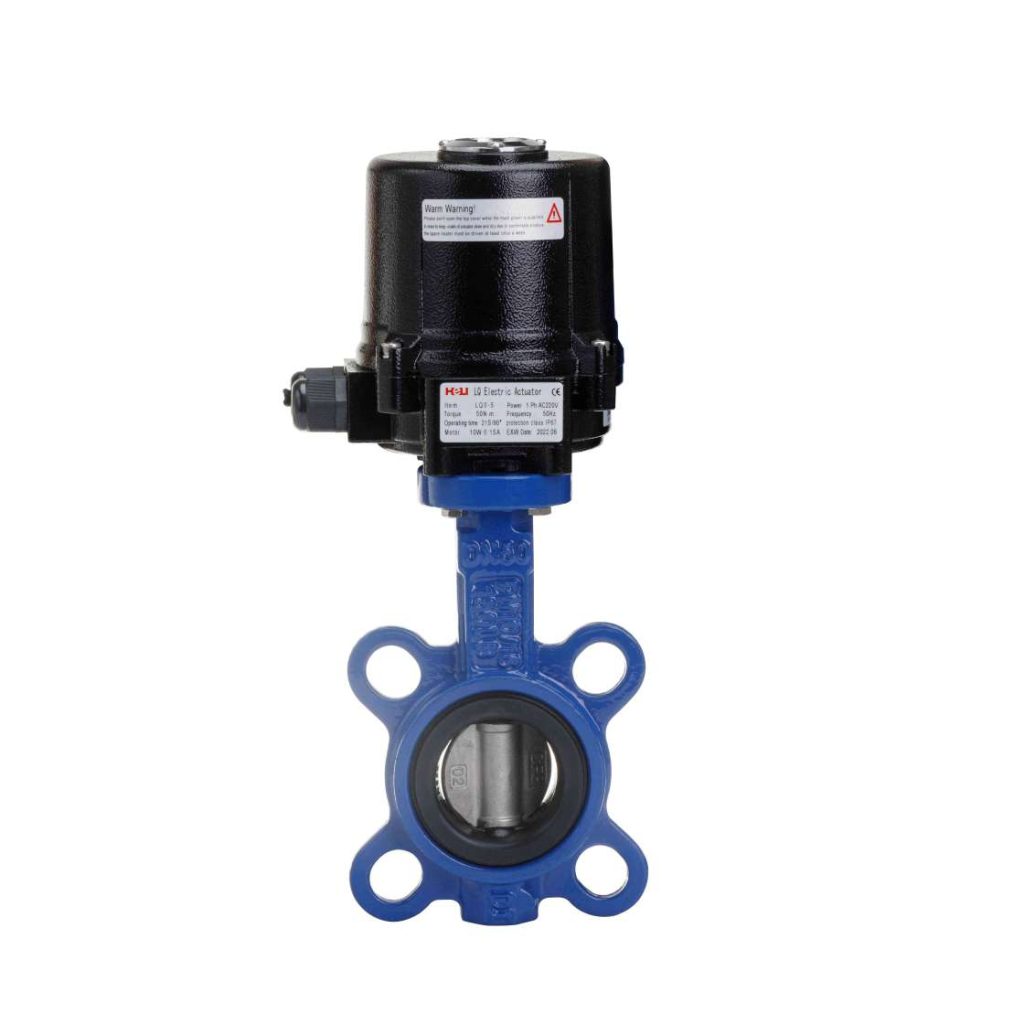
What is an Electric Butterfly Valve?
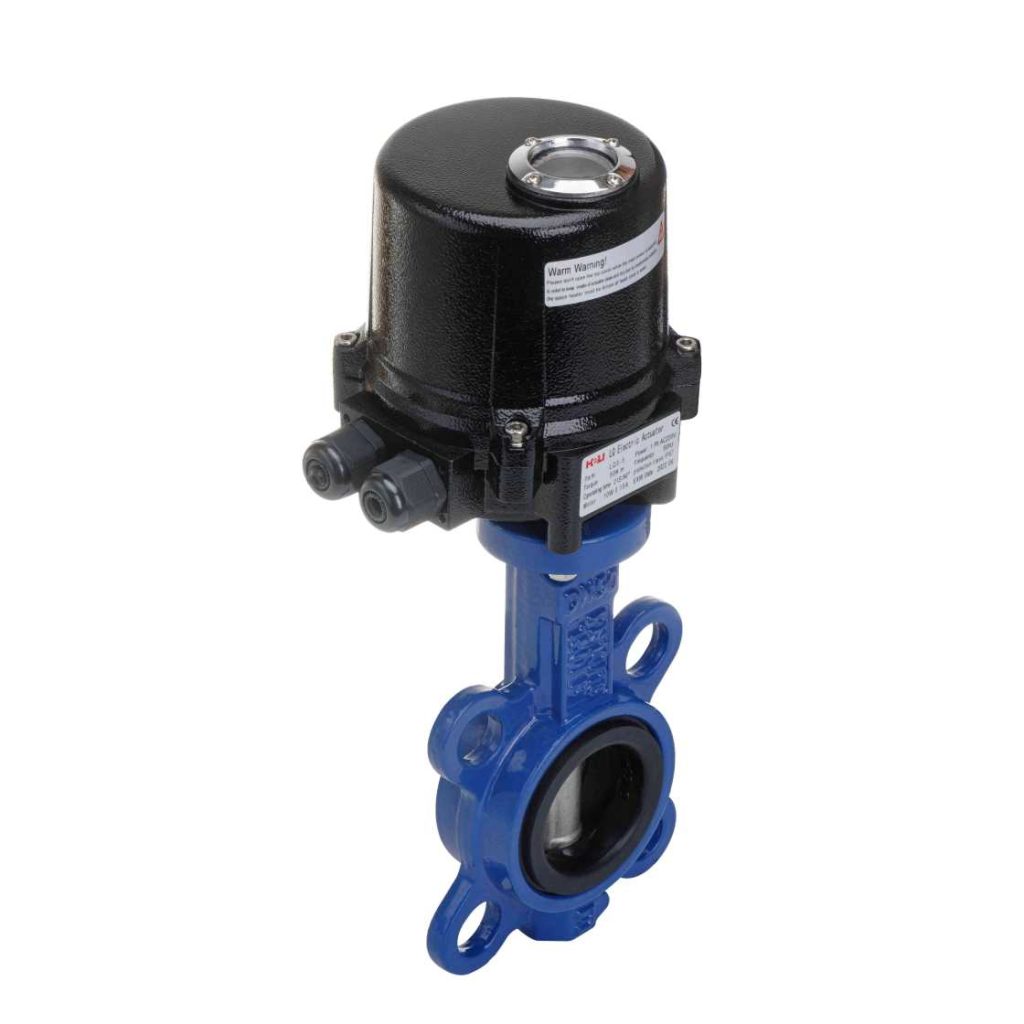
At its core, a butterfly valve consists of a disk or plate that rotates around an axis to control the flow of fluid through a pipe. The disk is typically mounted on a shaft, which can either open or close the valve by rotating a quarter-turn. The electric butterfly valve integrates this mechanical design with an electric actuator that controls the rotation of the shaft. This actuation mechanism is powered by electric motors, which allow for automatic or remote control of the valve, making it much more efficient and convenient compared to traditional manual or pneumatic valves. How Does an Electric Butterfly Valve Work?
